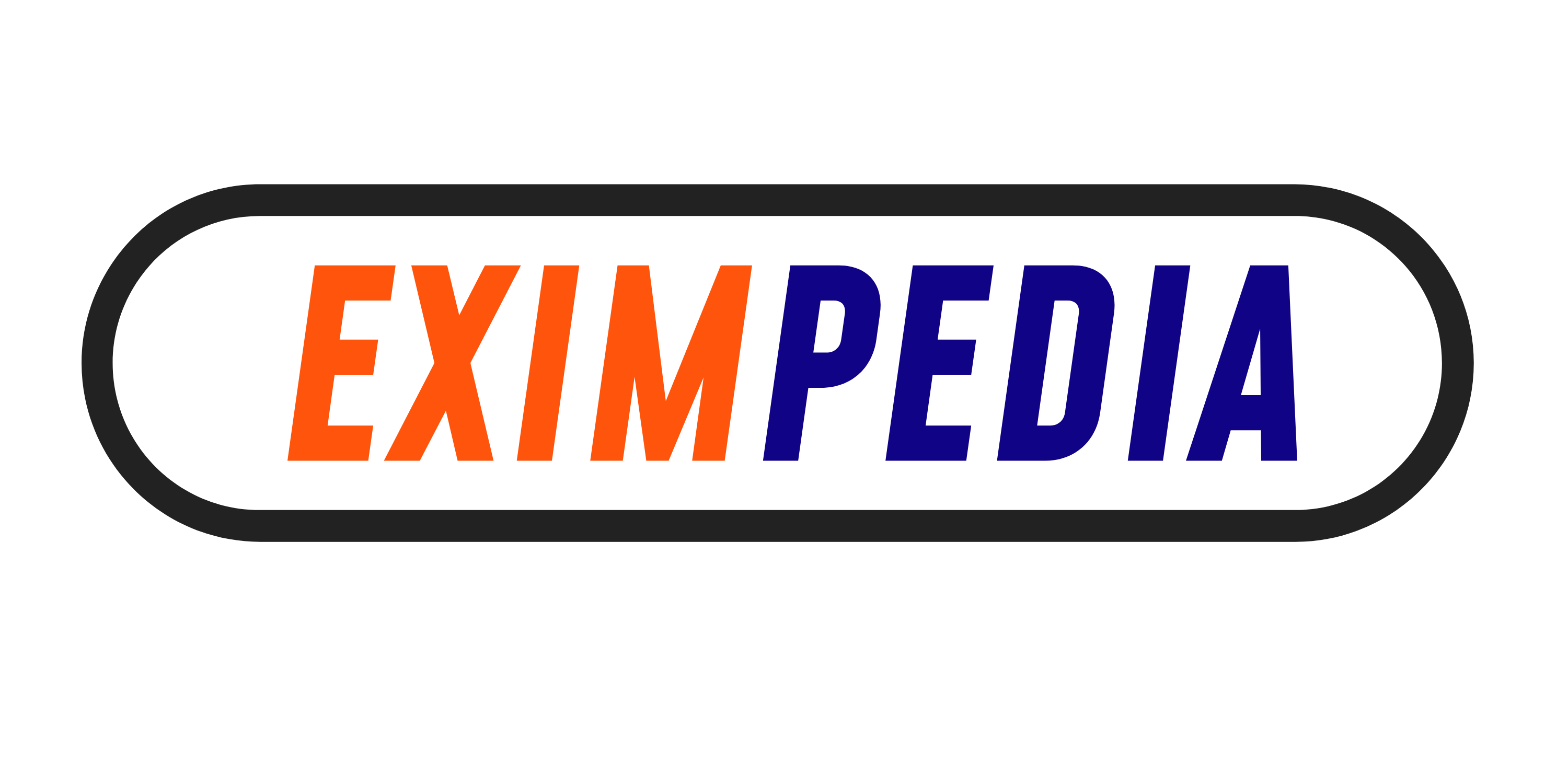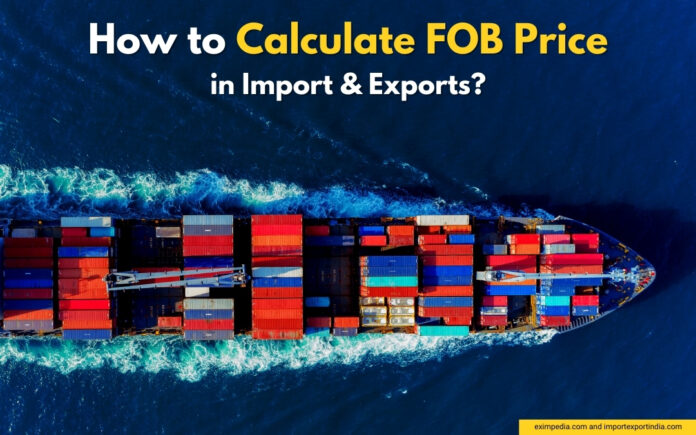FOB is one of the most commonly used INCOTERM (International commercial terms) which is used very frequently while shipping goods across the world. If you are into the business of import-export then you must know how to calculate FOB price!
FOB means Free On Board.
FOB Value = Ex-Factory Price + Other Costs.
If terms of delivery of a transaction are on FOB, then the cost of movement UNTIL THE GOODS ARE ON BOARD THE VESSEL IN SHIPPING COUNTRY is borne by the SELLER , all other expenses AFTER GOODS ARE ON BOARD TILL DESTINATION has to be borne by the buyer.
In today’s fast-moving world it is very important for you to have the knowledge and all the tips and tricks at your fingertips in order to get success in any business especially in the logistics business. When we talk about import and export, it is all about having knowledge of the terminologies, rules, and regulations. If you have knowledge of things like how to calculate FOB or FOB price for import, FOB price for export. These things make a huge impact while having any business deal, reducing the cost of import/export.
Table of Contents
What is FOB price?
FOB is commonly known as “Free on Board” or “Freight on Board” which is a term widely used while transferring the goods from the site of the seller to the destination port of buyer. It is valid and used while the goods are being transferred via the waterway, sea, or ocean only. For land transportation, it is counted differently. In the FOB agreement, the buyer is liable for all the risks after the shipment is on board the vessel. Once the seller has kept the goods on board the vessel, the seller’s risk & obligation is over.
In the FOB agreement, the Buyer (who is buying the Goods) is responsible for any damage, loss, or rerouting costs after the goods are loaded onto the vessel. If any extra charge comes along while the shipment reaches its destination, for example, loading and unloading, custom duty, delay, etc. then the buyer of the goods will be responsible for such charges and other expenses. Both the parties must know how to calculate FOB price. The seller will not be responsible for any damage or extra cost once the goods have been kept onboard the vessel.
Responsibilities of Seller in FOB:
- Shipping fees
- Packaging of cargo
- Fee of exporting Custom and taxes
- Costs and risks till the goods are loaded on the ship.
Responsibilities of Buyer in FOB:
- International Freight till the destination port.
- Unloading the goods at destination port.
- Custom duty at destination port.
- Charges for transportation to final destination
What is FOB price formula?
At this time, I think you are pretty much comfortable with the definition and the meaning of what is FOB after reading and understanding the article up to here. Now let’s take one step forward and talk about the price formula of FOB so that you will have more clarity regarding FOB and its price formula.
In order to calculate the price formula, you need the Ex-Factory price and other costs.
Ex-Factory price + Other costs = FOB price
There are a few elements that collectively make the expected price and other costs. We are going to talk about all those costs in the next point. But for the formula of FOB price is Ex-Factory Price added by other costs.
How to calculate FOB price?
Now let’s talk about the factors which collectively make the FOB price formula.
Other Costs:
When you talk about other hosts in the free onboard price formula it contains a few things like
- Domestic transport cost from seller’s warehouse to the port and then from destination port to the buyer’s warehouse. Both of these costs are included in the other costs.
- Storage and warehouse rent at the buyers end, is also included in the other costs.
- Loading and unloading coast at the port.
- Shipment fees charged by the carrier company.
- Any service charge or custom duty is also included in the other costs
Ex-Factory price:
Now let’s talk about the more complex calculation which is ex-factory price. In the ex-factory price, there are two major factors first is the production cost and 2nd is the profit.
Production cost + Profit = Ex-Factory Price
Production cost also has 3 factors which include the Cost of Raw material, Labour cost, and Overhead Cost. This is an important step to derive how to calculate FOB price.
- To calculate the raw material cost you have to think of the actual cost of raw materials including freight and insurance.
- when you are calculating labour cost you have to add all the things including wages of labour, remuneration and any other employee benefits.
- And when you calculate the overhead cost you have to think about all of the things such as factory security, insurance, all rents, taxes, repair and maintenance, utility charges, day to day refreshment cost, Etc
Advantages of FOB price
Till now we have only talked about how to calculate FOB or FOB price for import, FOB price for export. Now let’s talk about a few advantages of FOB: Free Onboard Shipping type of Incoterm.
- Under FOB terms, the sellers or suppliers of the goods are responsible for clearing goods which could save an importer considerable hassle. This saves money and alot of time for the buyer.
- FOB is a good for bulk transporting cargo from a supplier, as importers have cost control further and the supplier is responsible for clearing the goods, which complex and frequent mistakes can happen with first time importers.
- Most importers choose FOB terms because it’s arguably the most affordable or cost-effective option for buyers and sellers both.
- Free on board is accepted as a default contract so most buyers and sellers are comfortable with it.
- In FOB type of incoterm the buyer & seller both have equal flexibility and control in terms of the overheads cost control, freight cost control, and more.
You might like reading this article on – Difference between FOB and CIF – FOB vs CIF, to know the difference in FOB pricing and CIF pricing.







